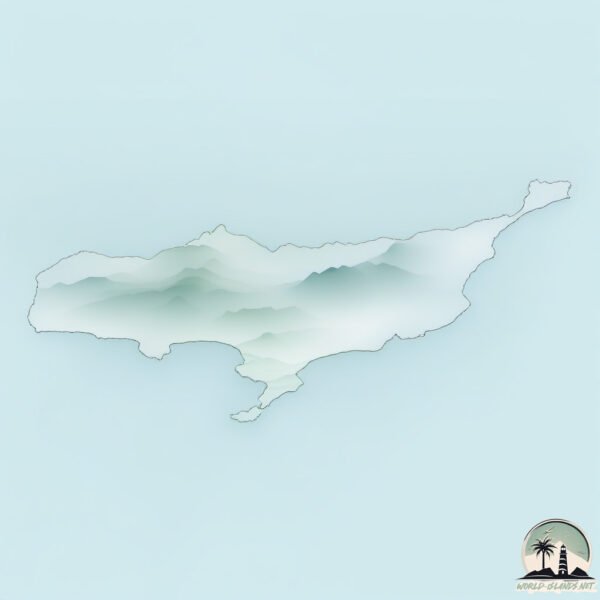Welcome to St. Paul , a Polar island in the Bering Sea, part of the majestic Pacific Ocean. This guide offers a comprehensive overview of what makes St. Paul unique – from its geography and climate to its population, infrastructure, and beyond. Dive into the details:
Geography and size of St. Paul
Size: 110.7 km²Coastline: 119.3 kmOcean: Pacific OceanSea: Bering SeaContinent: North America
St. Paul is a Large Island spanning 111 km² with a coastline of 119 km.
Archipel: –
Tectonic Plate: North America – Covers North America and parts of the Atlantic and Arctic Oceans, characterized by diverse geological features and varying levels of seismic activity.
The geographic heart of the island is pinpointed at these coordinates:
Climate and weather of St. Paul
Climate Zone: PolarClimate Details: TundraTemperature: Cold
Climate Characteristics: The tundra climate features long, extremely cold winters and short, cool summers. Vegetation is limited to mosses, lichens, and small shrubs due to the low temperatures and short growing seasons. Biodiversity is low, but some specialized species thrive.
Topography and nature of St. Paul
Timezone: UTC-09:00Timezone places: America/AnchorageMax. Elevation: 153 m Mean Elevation: 46 mVegetation: Herbaceous CoverTree Coverage: 46%
The mean elevation is 46 m. The highest elevation on the island reaches approximately 153 meters above sea level. The island is characterized by Plains: Flat, low-lying lands characterized by a maximum elevation of up to 200 meters. On islands, plains are typically coastal lowlands or central flat areas.
Dominating Vegetation: Herbaceous Cover
Vegetation: 8 vegetation zones – Very Highly Diverse Island
Infrastructure and Travelling to St. Paul
Does the island have a public airport? yes .
Does the island have a major port? yes .
The mean population of St. Paul is 4 per km². St. Paul is Gently Populated. The island belongs to United States of America .
The name of the island resonates across different cultures and languages. Here is how it is known around the world: Arabic: جزر بريبيلوف; German: Pribilof Islands; Spanish: Islas Pribilof; French: îles Pribilof; Portuguese: Ilhas Pribilof; Russian: Острова Прибылова; Chinese: 普里比洛夫群岛
Continuing your journey, St. Matthew is the next notable island, situated merely km away.
Saint Paul, Alaska
CORRECTION: I made an error in the video – the island I mentioned as Saint George is actually Otter Island
Saint Paul, Alaska
CORRECTION: I made an error in the video – the island I mentioned as ...
CORRECTION: I made an error in the video – the island I mentioned as Saint George is actually Otter Island
.
St. Paul Island, in 4K
I had the privilege of visiting St. Paul, AK for work recently and ...
I had the privilege of visiting St. Paul, AK for work recently and thought it would be a great place to capture on my drone, being that ...
Discovering St. Paul Island: A Hidden Gem in Alaska
Join us as we embark on an unforgettable journey to St. Paul Island, a ...
Join us as we embark on an unforgettable journey to St. Paul Island, a hidden gem nestled in the breathtaking wilderness of ...
United States of America is classified as Developed region: G7: Group of Seven – Major advanced economies, including Canada, France, Germany, Italy, Japan, the United Kingdom, and the United States. The level of income is High income: OECD.
News – Latest Updates and Headlines from St. Paul
Stay informed with the most recent news and important headlines from St. Paul. Here’s a roundup of the latest developments.
Loading...
Please note: The data used here has been primarily extracted from satellite readings. Deviations from exact values may occur, particularly regarding the height of elevations and population density. Land area and coastline measurements refer to average values at mean high tide.

